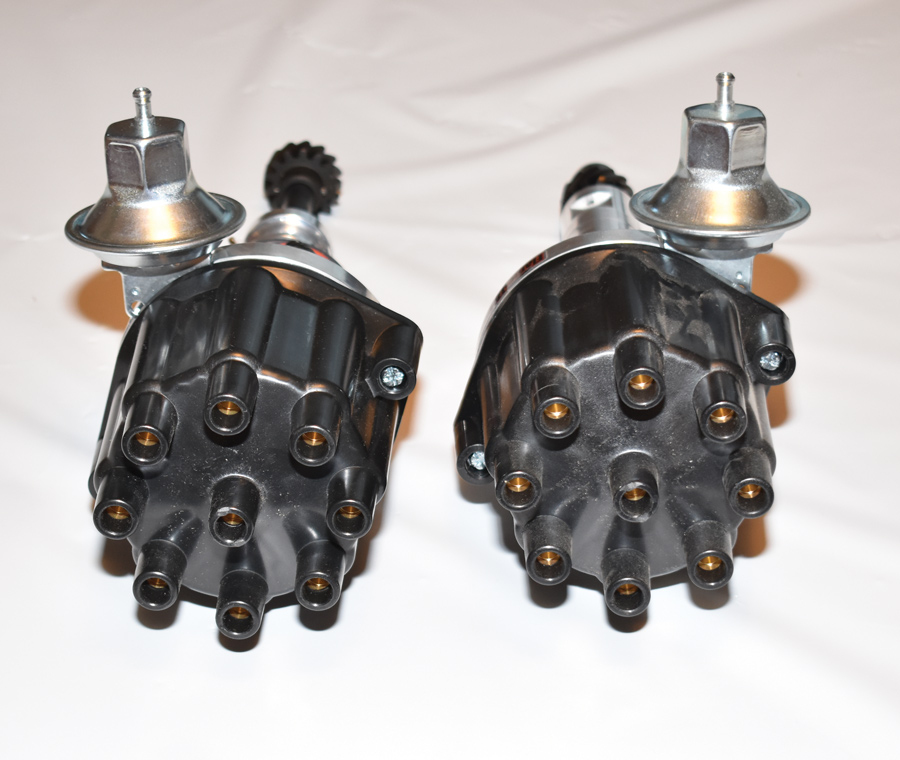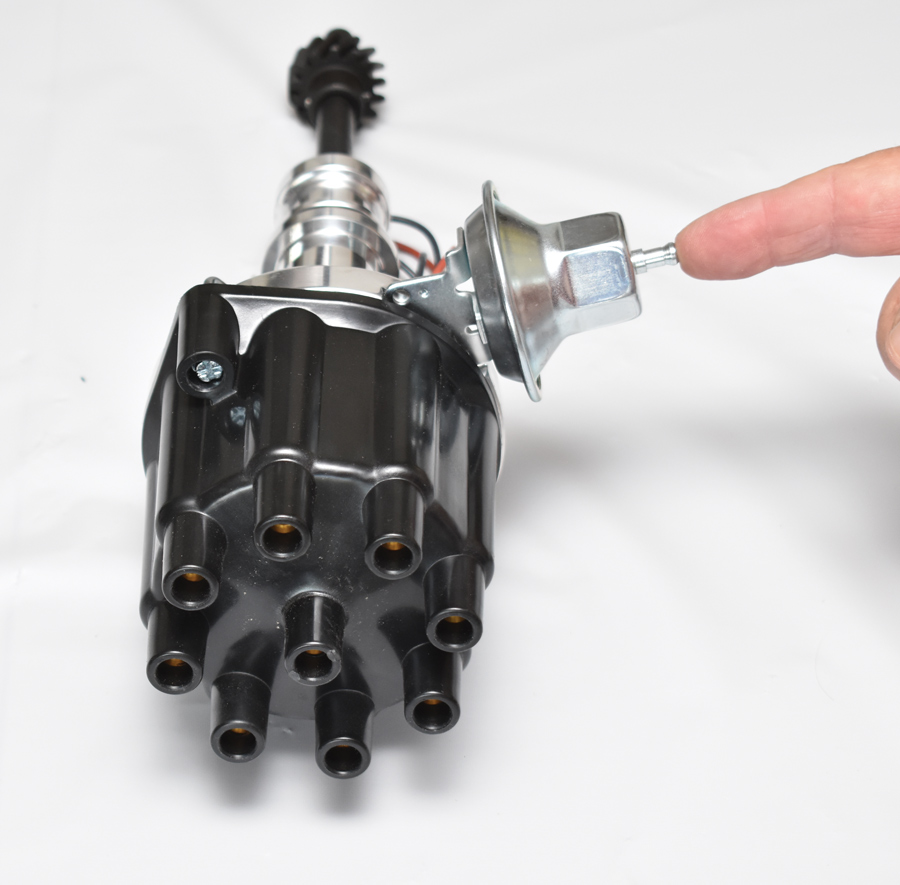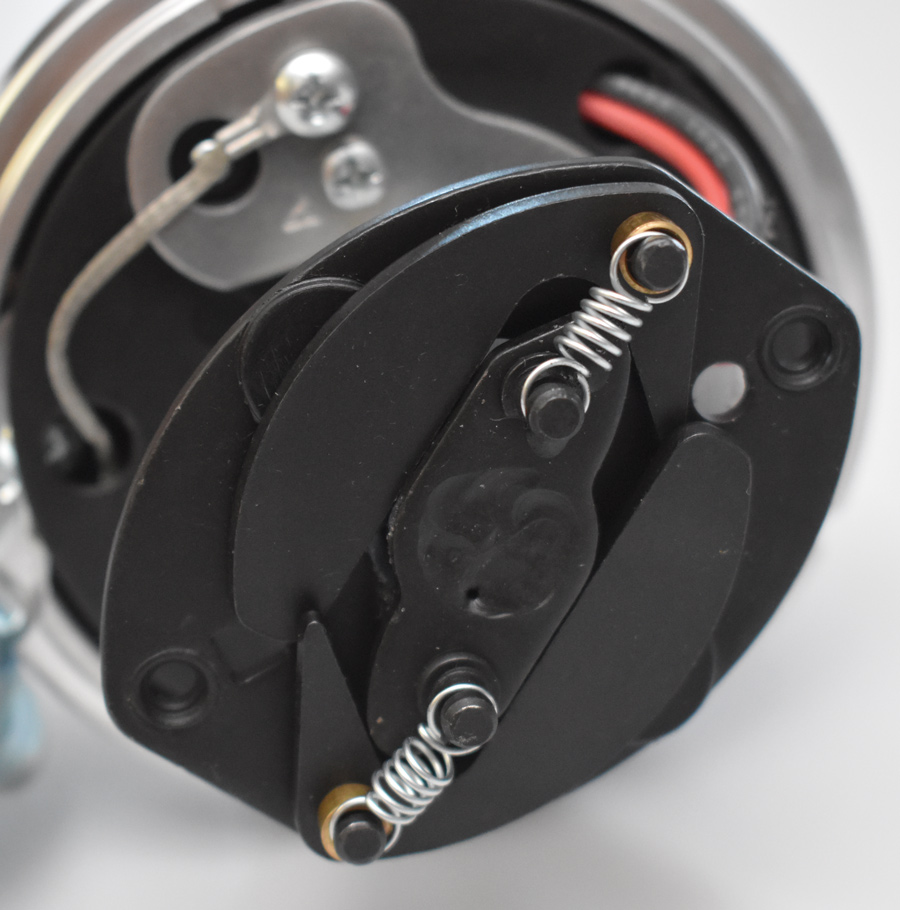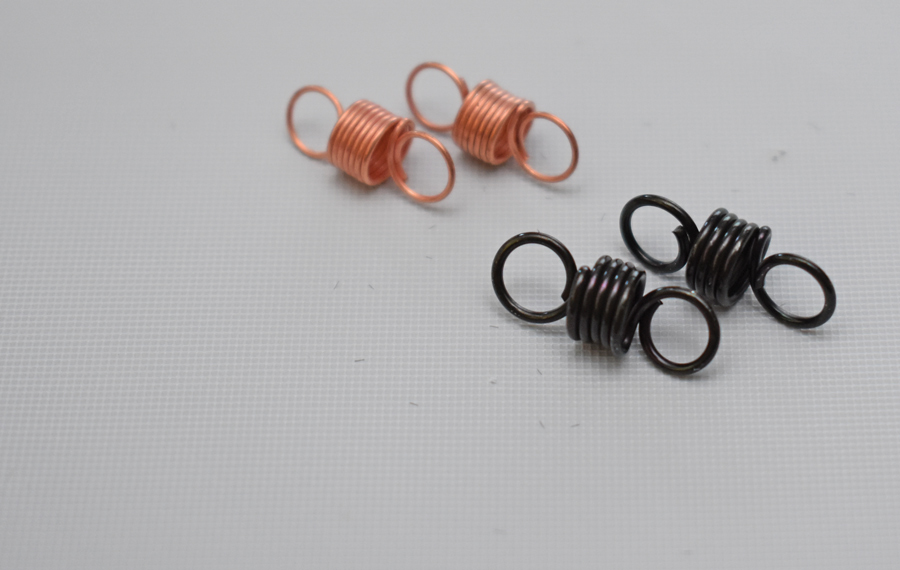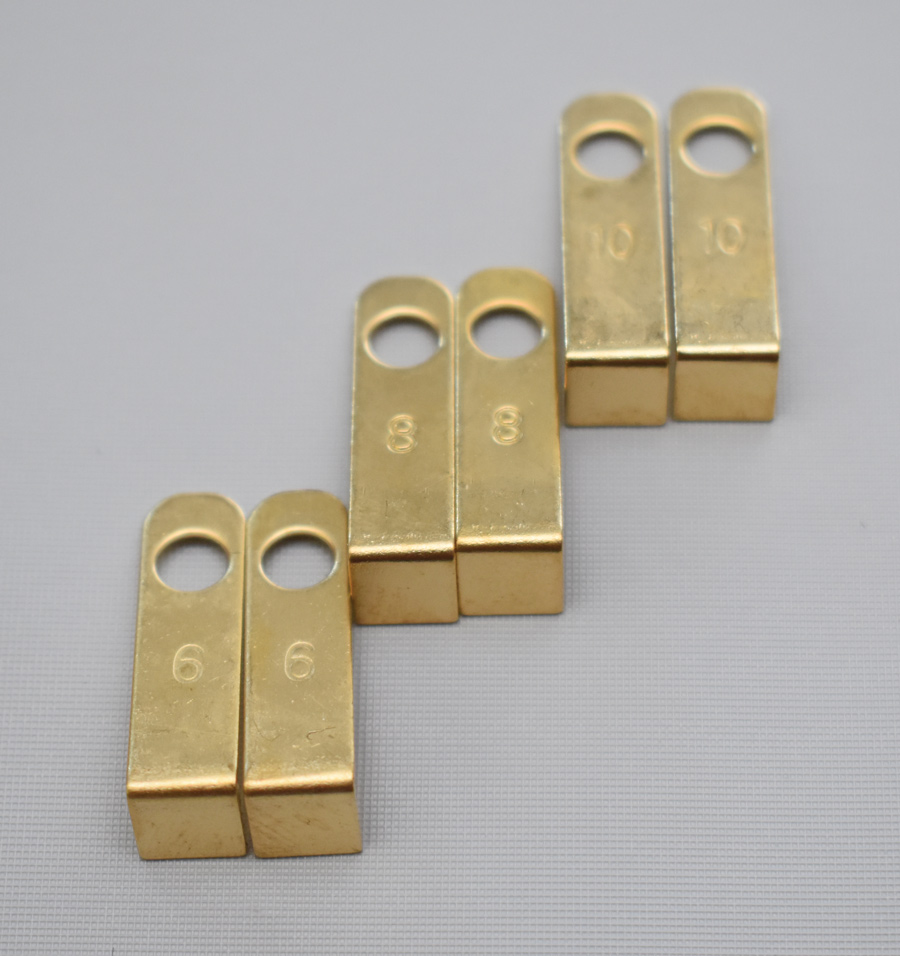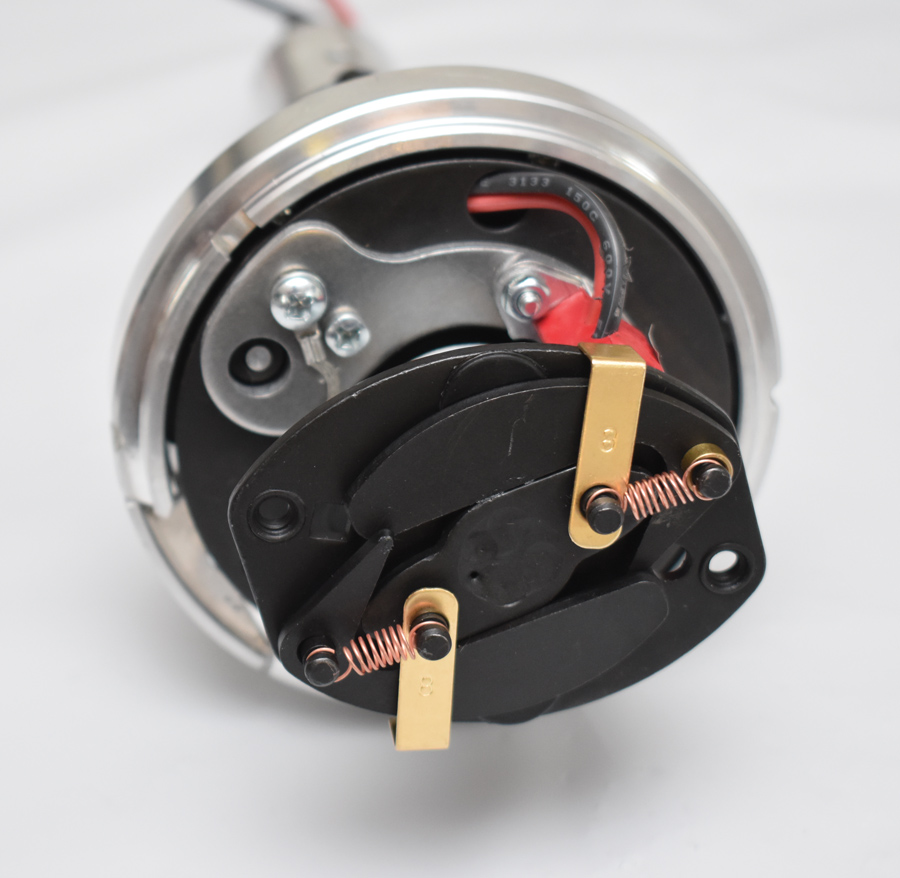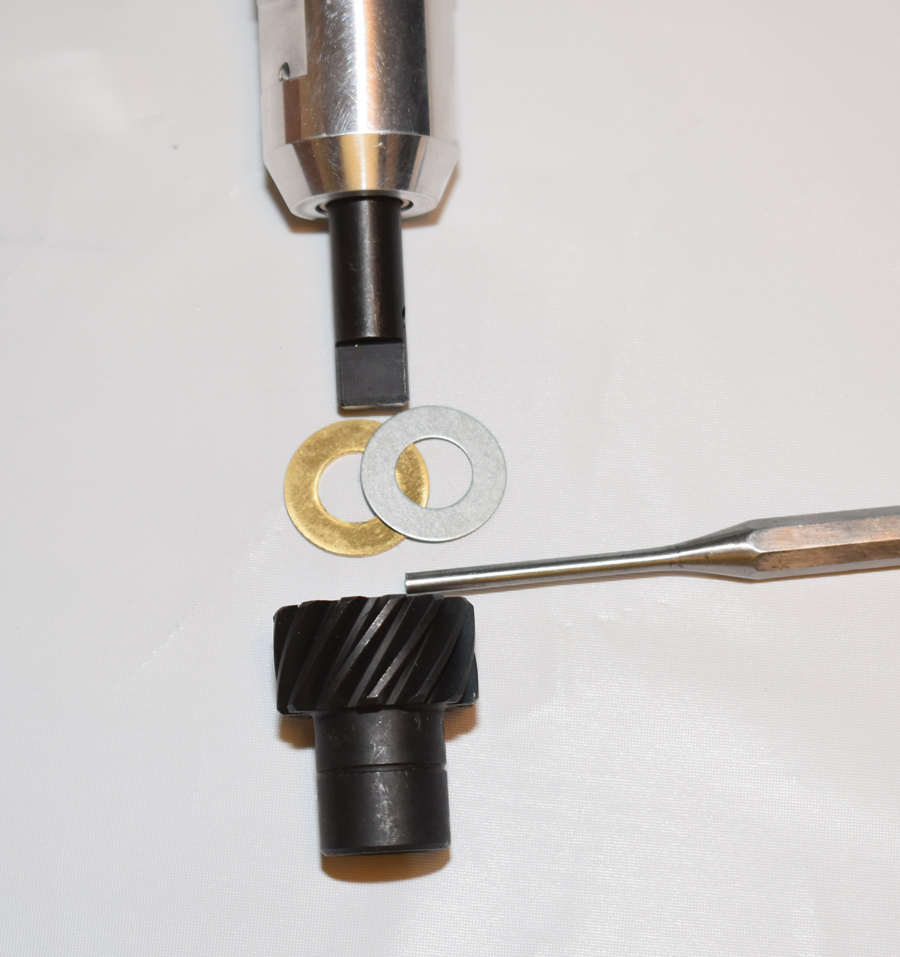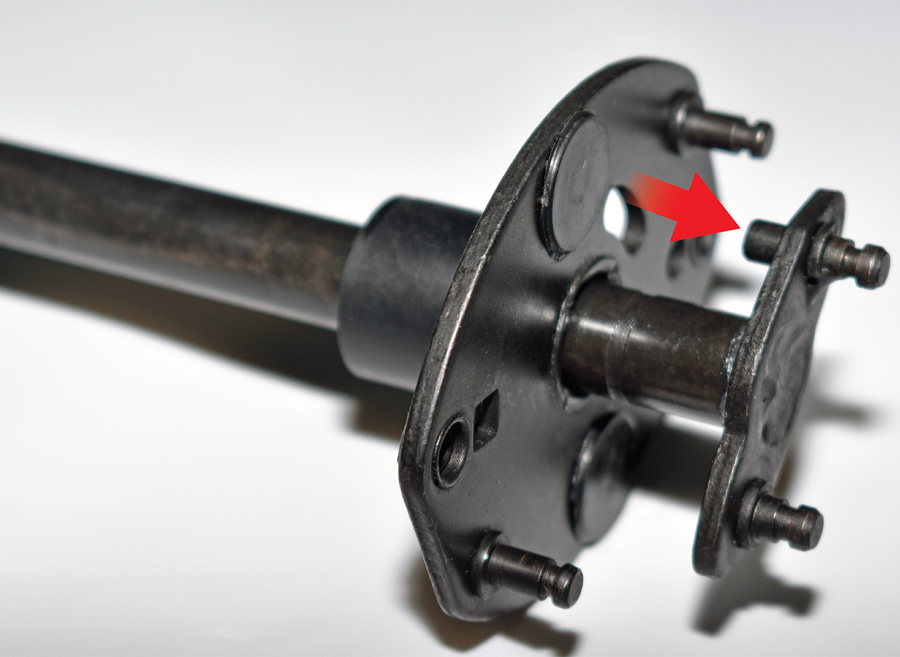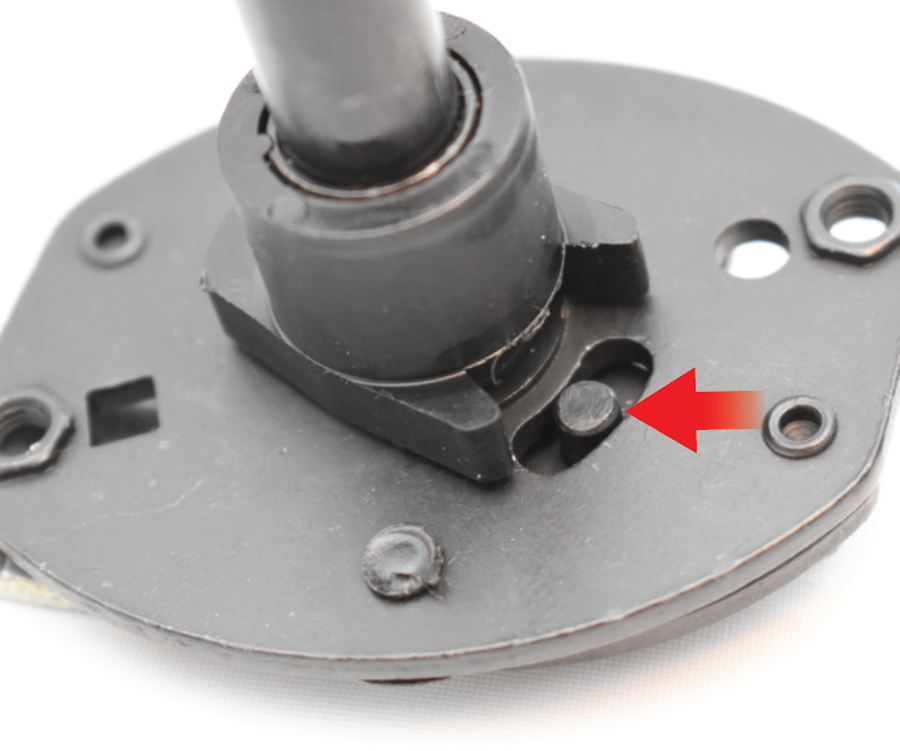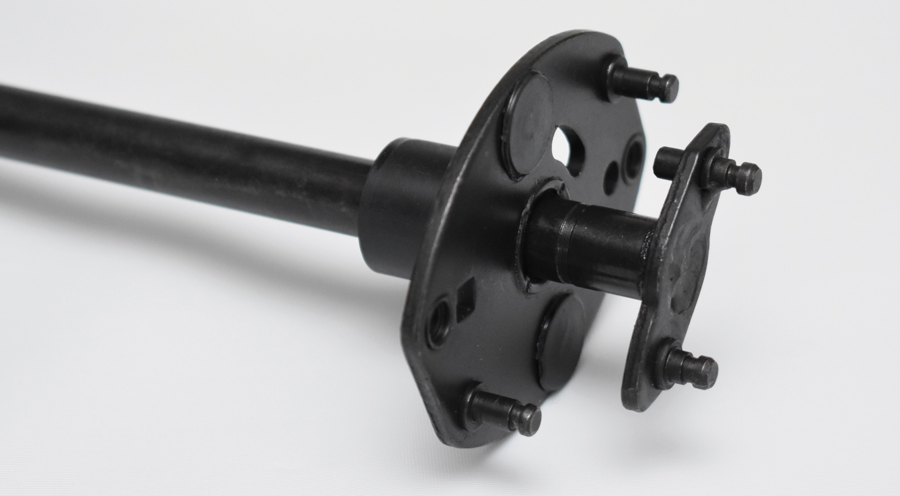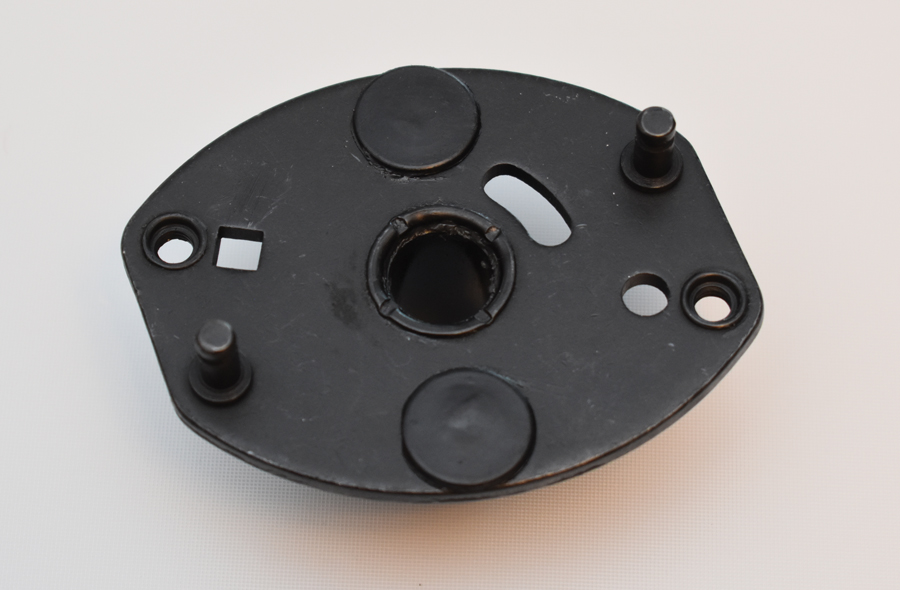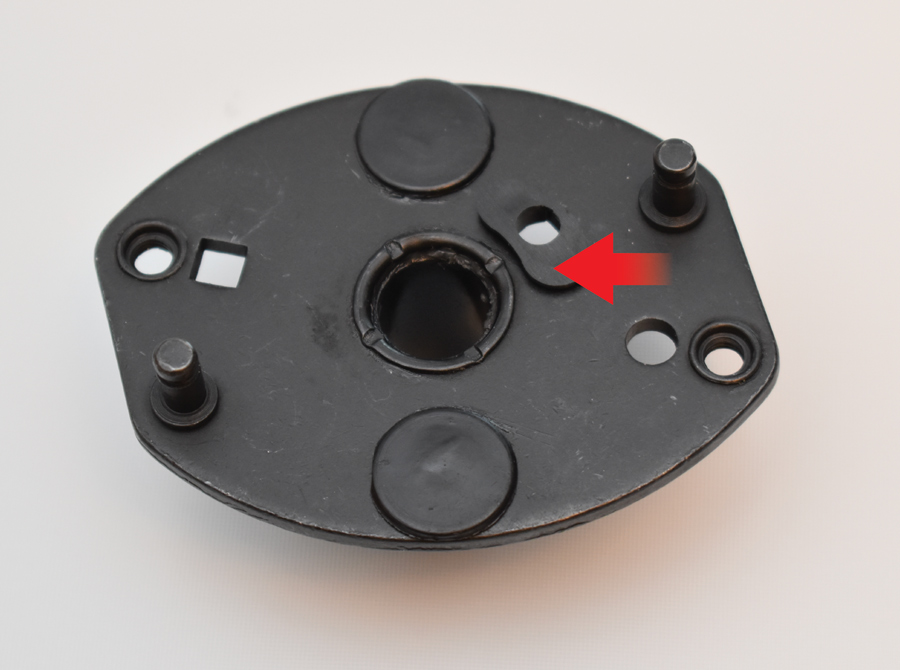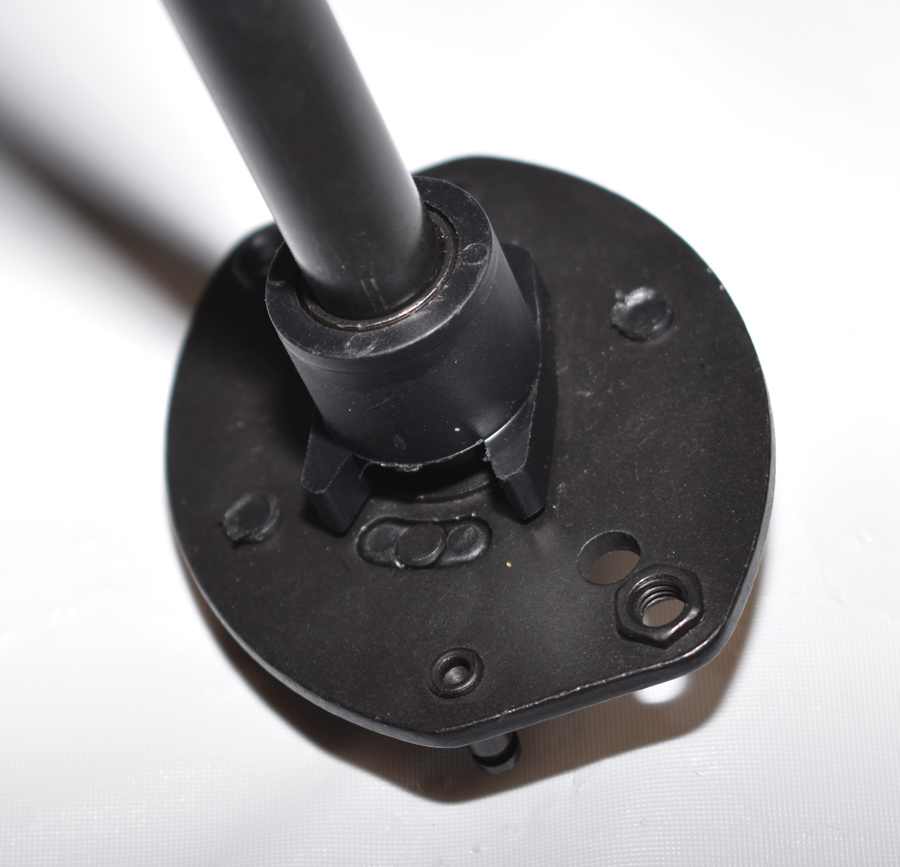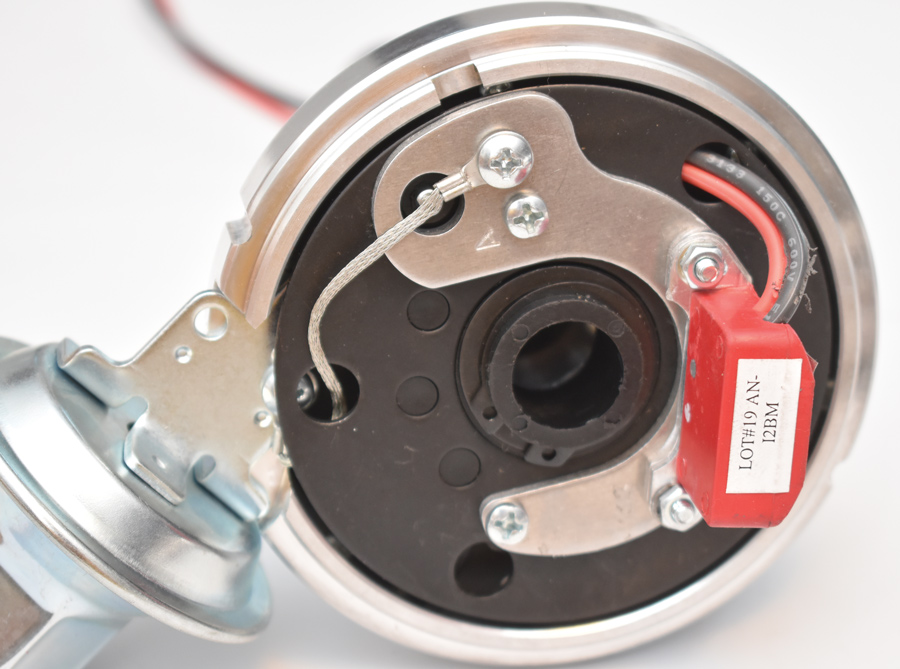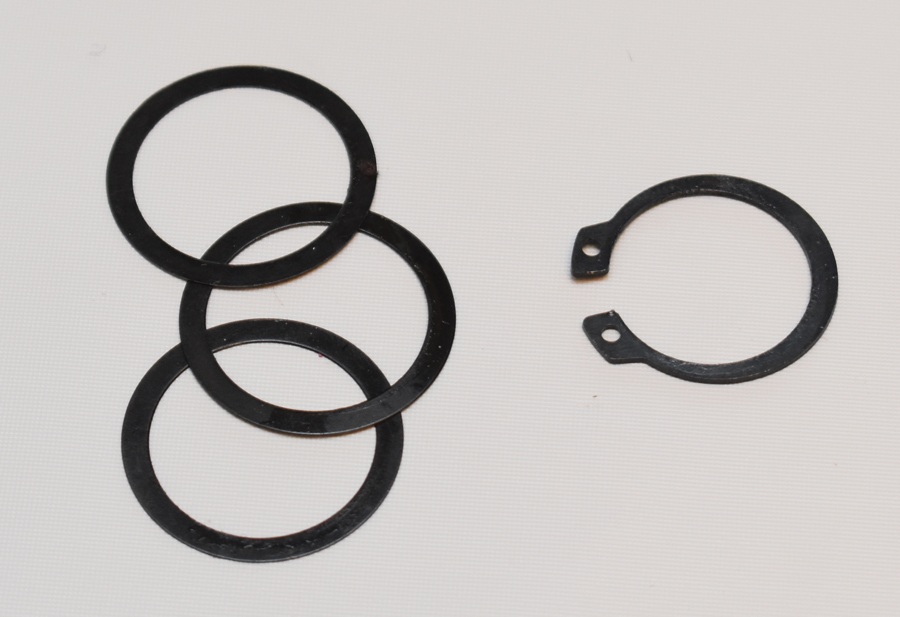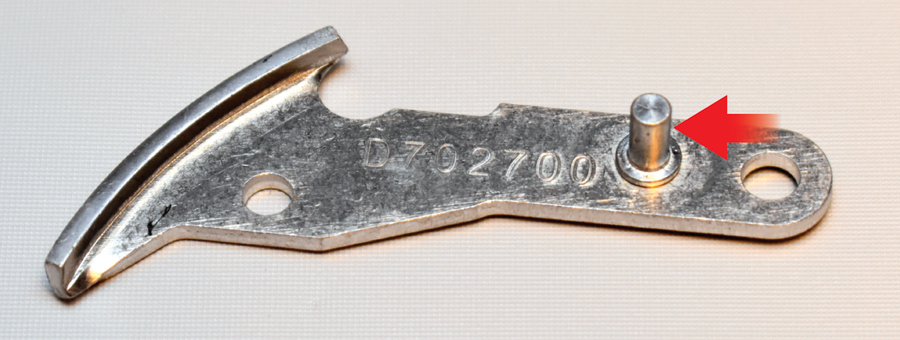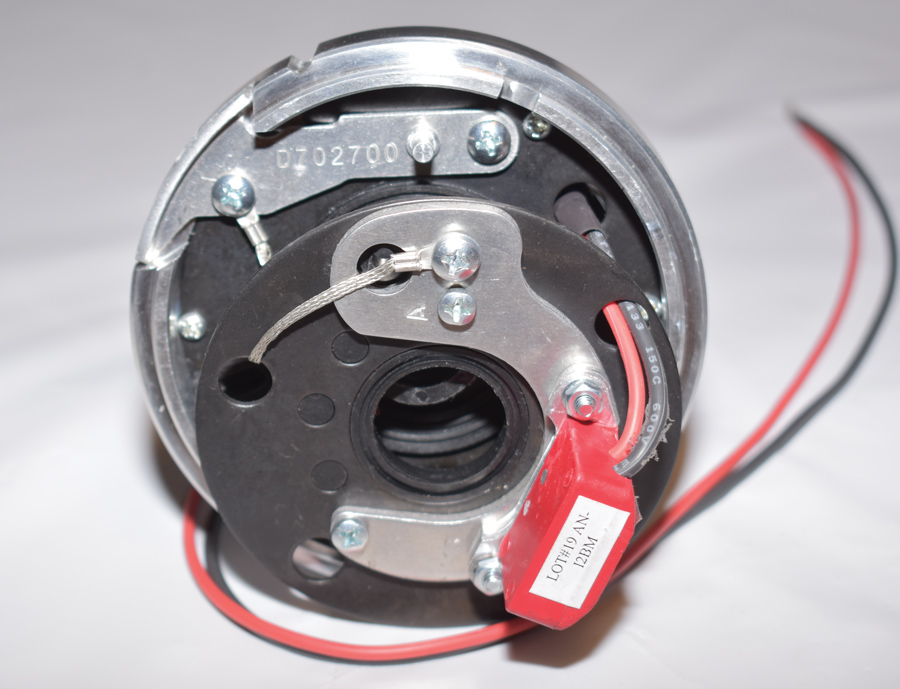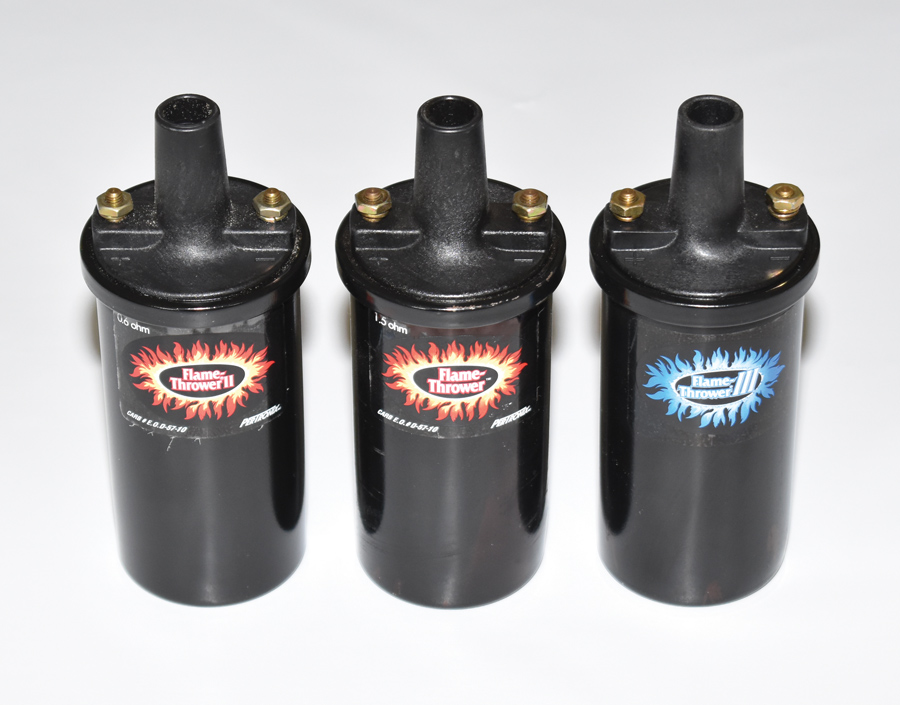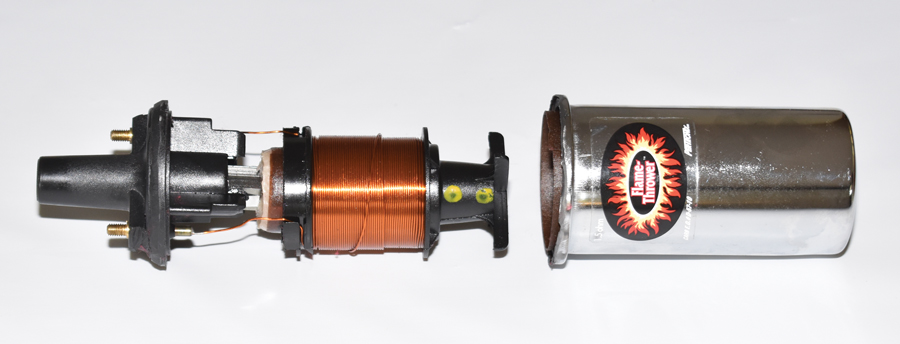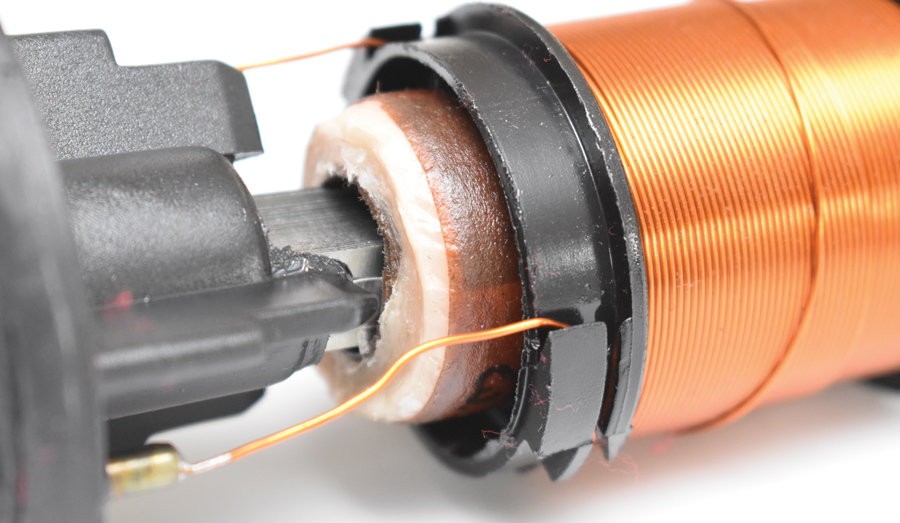 Photography by The Author
Photography by The Authorhile there is much to be said in favor of contemporary engines with the latest in computer-controlled everything, it’s hard to beat the charm of an early engine. Nostalgia may be the motivation to run such a powerplant; it may be the desire for simplicity or just the urge to tap into the roots of the hobby. But whatever the reason, hot rods with vintage engines are cool, but that doesn’t mean they can’t benefit from technology.
PerTronix offers three distinctly different oil-filled, canister-style coils. While they look virtually the same, Don Lindfors of PerTronix explains that they are identified by the ignition system they are designed for:
“The Flame-Thrower 40,000V coils have internal resistance rated at 1.5 or 3.0 ohms. The 3.0-ohm coil should be used on PerTronix Ignitors installed on four- and six-cylinder engines while 1.5-ohm coils should be used for eight-cylinder applications. These coils can be used on virtually any inductive (non-capacitive discharge) ignition system, including points systems.
“Flame-Thrower II coils have lower resistance, 0.6 ohms for use with Ignitor II ignition systems as well as many other high-energy ignitions. The low resistance helps to produce up to 45,000 V. This higher voltage allows larger spark plug gaps for added power and better fuel economy.
“Flame-Thrower III coils were developed for use with the new Ignitor III electronics. The extremely low resistance of 0.32 ohms results in 45,000 V and a coil that charges to peak current typically 30-70 percent faster than the other coils. It should be noted that these coils are compatible with Ignitor III electronics only.”
Recently PerTronix expanded their line of vintage engine Flame-Thrower distributors to include Ford Y-blocks, early Chrysler Hemis, Buick Nailheads, early Cadillacs, Studebaker V-8s, and even Corvairs. All these distributors feature PerTronix II electronics, CNC-machined 6061-T6 billet aluminum housings, and precision-machined steel shafts with upper ball bearings and lower bushings. All are equipped with coated drive gears that are compatible with OEM and retrofit roller lifter camshafts.
Installing a Flame-Thrower distributor is plug-and-play—drop the distributor in place, connect the black wire to the negative (-) side of the coil and the red wire to the positive (+) side and that’s it. As the Ignitor and the Flame-Thrower Coil are designed to run with a full 12 V, remove the ballast resistor (or bypass the resistor wire if there is one) from the ignition wiring and you’re ready to be pointless—but pointless in a good way.

